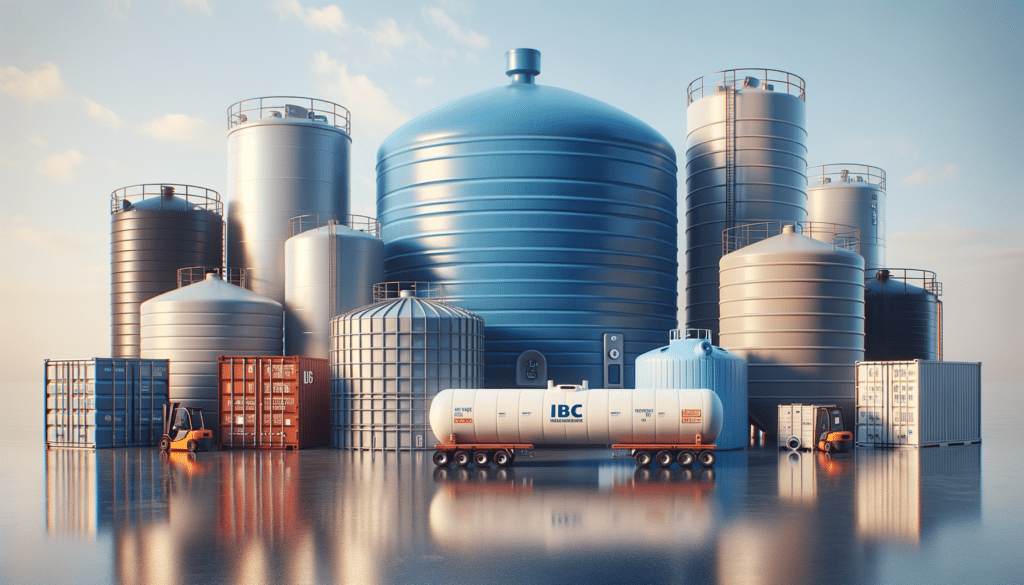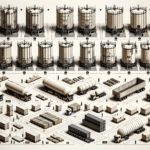Understanding Water Tanks: A Comprehensive Overview
Water tanks are essential components in various applications, from residential to industrial uses. They serve as storage solutions for water, ensuring a reliable supply during shortages or emergencies. The importance of water tanks cannot be overstated, particularly in regions where water scarcity is a pressing issue. By storing rainwater or municipal water, these tanks help in conserving water resources and reducing dependency on continuous supply systems.
There are several types of water tanks, each designed to meet specific needs. These include:
- Underground water tanks: Ideal for saving space and maintaining aesthetic appeal in residential areas.
- Overhead water tanks: Commonly used in households and buildings to provide water pressure through gravity.
- Ground water tanks: Typically larger and used for agricultural or industrial purposes.
The material used in constructing these tanks varies, with options such as concrete, steel, and plastic. Each material offers distinct advantages and potential drawbacks, influencing the tank’s durability, cost, and suitability for different environments. Understanding these aspects is crucial for making an informed decision when selecting a water tank.
Exploring Plastic and Portable Water Tanks
Plastic water tanks have gained popularity due to their versatility, lightweight nature, and affordability. Made from high-density polyethylene (HDPE), these tanks are resistant to corrosion and chemical reactions, making them suitable for storing potable water. Their flexibility in design allows for various shapes and sizes, accommodating different space requirements and capacities.
Among the notable benefits of plastic water tanks are:
- Ease of installation: Their lightweight nature simplifies transportation and setup.
- Low maintenance: Unlike metal tanks, they do not rust or require frequent upkeep.
- Cost-effectiveness: Generally more affordable compared to other materials.
Portable water tanks, on the other hand, are designed for mobility and convenience. These tanks are invaluable in scenarios where fixed storage solutions are impractical, such as construction sites, camping trips, or emergency relief operations. They come in various forms, including collapsible tanks and tanks mounted on trailers, offering flexibility in usage.
When choosing between plastic and portable water tanks, it’s essential to consider the intended use, capacity requirements, and environmental conditions. Each type offers unique advantages that cater to specific needs, ensuring that users can find a solution that aligns with their objectives.
IBC Containers and Water Tank Pricing
Intermediate Bulk Containers (IBCs) are versatile storage solutions widely used in industrial and agricultural sectors. These containers are known for their durability and efficiency in handling liquids, including water. Constructed from robust materials like plastic and metal, IBCs are designed to withstand harsh conditions and rigorous handling.
IBCs offer several advantages, such as:
- Standardized sizes: Facilitating easy stacking and transportation.
- Reusability: Designed for multiple uses, contributing to cost savings and environmental sustainability.
- Secure storage: Equipped with secure lids and valves to prevent leakage.
When it comes to water tank pricing, various factors influence the cost, including material, size, brand, and additional features. Plastic tanks, for example, tend to be more affordable than their metal counterparts due to lower production costs. However, the price can vary significantly based on the tank’s capacity and design.
To find budget-friendly options, consider:
- Comparing prices from multiple suppliers to identify competitive deals.
- Evaluating long-term durability and maintenance costs to ensure value for money.
- Looking for promotional offers or discounts from local suppliers.
Ultimately, selecting the right water tank requires a balance between cost, quality, and purpose. By understanding the different options and considering the specific needs, individuals and businesses can make informed decisions that align with their budget and requirements.


